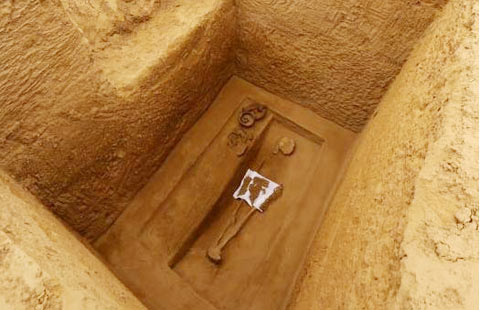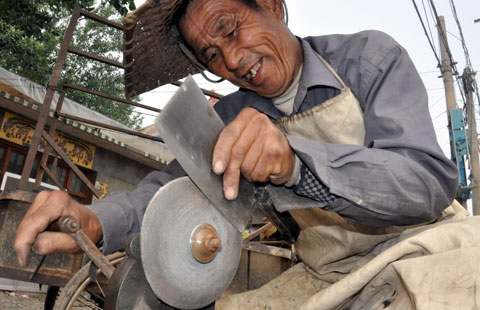Old is gold
By Wang Kaihao ( China Daily ) Updated: 2014-11-04 08:02:53Wang Geyang, assistant artistic supervisor of the troupe, says: "While translating ancient music recordings into modern scores, we often find that the original cultural context is lost.
"It's impossible to present the music as it was played thousands of years ago. We have to reconstruct the music in such a way that we are able to keep its original spirit while meeting modern society's aesthetic needs."
Her team has deciphered more than 20 ancient scores and created 30 pieces of such melodies.
"When people get close to the old musical rituals, they will have a better understanding of the harmony between human beings and nature, which is embedded in the melodies, and will nurture new feelings for life."
In 2011, Wang led the troupe to present an ancient Chinese-style musical called Shangyuan Dengyue (the moon as seen during Lantern Festival) at the museum, which was critically acclaimed.
She says that there's a need to develop new techniques to better present the ancient music, without performers having to deviate from any rigorous research-based approach.
When the orchestra travels around the world, Wang says that ancient Chinese music resonates with people overseas.
She cites the ancient Silk Road as an important route where the music of different civilizations intermingled. During the orchestra's tour of 10 universities in the United States last year, she also found younger people taking to the music. The revitalization of ancient Chinese music is more than just an experiment, Wang says.
"We want to rebuild a musical hub at the museum to preserve China's cultural heritage and spread it to a wider audience," she says.
|
|
|
|
|
|
|
|



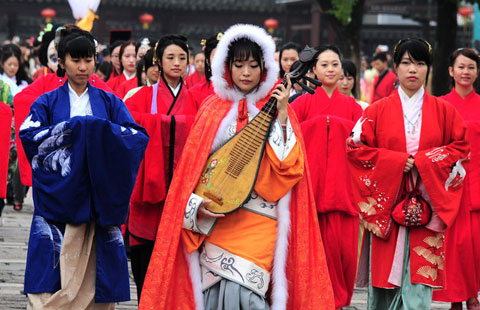
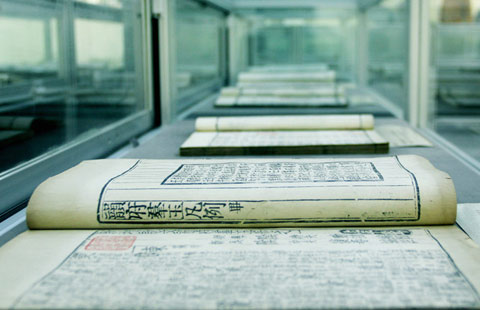
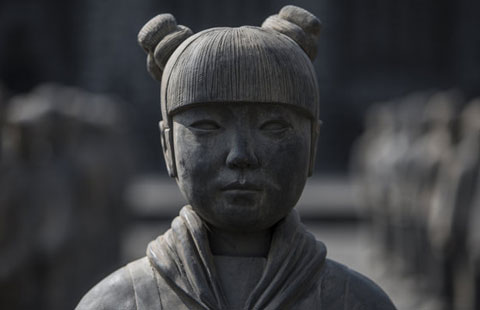
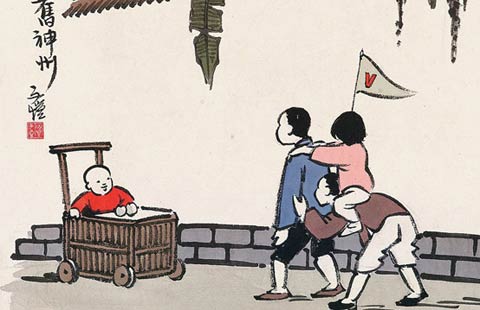



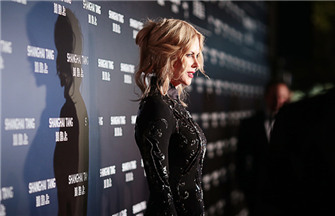

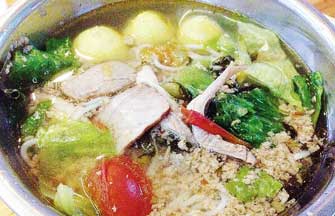
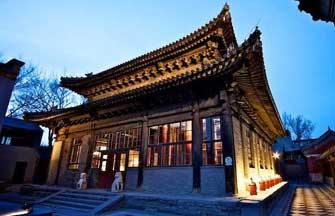


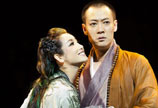

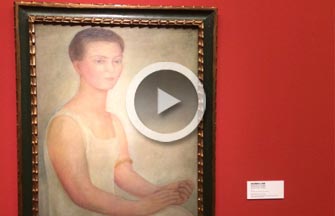

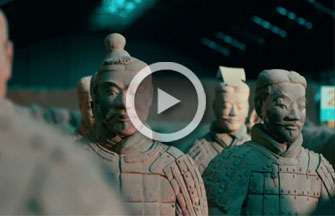
 Raymond Zhou:
Raymond Zhou: Pauline D Loh:
Pauline D Loh: Hot Pot
Hot Pot Eco China
Eco China China Dream
China Dream China Face
China Face



